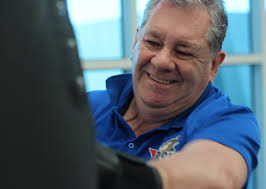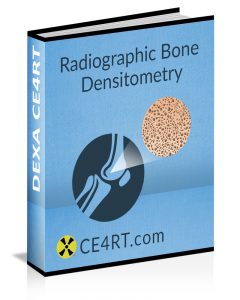Recommendations for medical techs when dealing with elderly patients

It is important for older adults to maintain a high functional status and engage in regular physical activity according to their capabilities. Older adults who enjoy an overall good health status can follow the same guidelines for physical activity as outlined for younger individuals. However, for older adults with some physical limitations or compromised bone health, weight-supported activities may be more appropriate. Examples of such activities include walking in deep water, aqua aerobics, stationary bicycle riding, and floor exercises. Importantly, people with less than optimal bone health in old age can often safely perform resistance exercises with proper training and supervision.
Role of Healthcare Professionals
It is the duty of healthcare providers to ensure that patients who have sustained spine fractures abstain from any activities. This avoids increased pressure on the affected vertebral bodies and prevents excessive flexion of the spine. Older adults with compromised bone health should be advised to avoid activities that subject the spine to significant mechanical forces (for example, golf, tennis, bowling, and horseback riding).
Healthcare providers who provide counseling on bone health in old age may often encounter patients with osteoporosis. Patients with osteoporosis should be advised to avoid using exercise machines that require the individual to bend forward or rotate the trunk since these movements may lead to fractures in people with compromised bone health. Examples of machines which should be avoided by osteoporotic individuals include rowing machines, ski machines, abdominal exercisers, biceps and upper body ergometers, and stationary bikes with handlebars that move. What advice should patients with osteopenia (low bone mass) receive? You can read about it here. And at what age does a person need a bone densitometry test?
Safe Exercises for Older Adults
Suboptimal bone health in old age may render some types of physical activity unsafe. It is the responsibility of healthcare professionals caring for older adults to work with physiatrists and physical therapists and devise safe and effective exercise programs for their patients. In this vulnerable age group, an individualized physical activity regimen is necessary for strength, mobility, and improvement in functional capacity without causing harm to the patient. Health professionals should enlist the help of physical therapists to train older patients in specific exercises to improve posture and strengthen the extensor muscles of the back. Besides the physical activity, this can be helpful in relieving back pain and preventing kyphosis (abnormal spinal curvature).

Physical Therapists and Bone Health in Old Age
In older adults, physical therapists play a valuable role in preventing fractures and treating them, should they occur. In terms of fracture prevention, physical therapists assess balance and evaluate fall risk. They teach patients specific techniques and exercises to improve balance and minimize their risk of falling. It is noteworthy that the majority of hip fractures are the result of a fall, and therefore, fall prevention in older adults is an essential component of bone health in old age.
Role of Occupational Therapists
Occupational therapists also have an important role to play in bone health in old age. This is specifically true for fall prevention in older adults. They can evaluate the patient’s home and offer suggestions to make it safer. Therapist recommended modifications in the homes of older individuals can help minimize the risk of falling. Measures include installing shower chairs, hand rails, and hand-held showers in the bathroom; removing loose rugs; ensuring adequate lighting in bedrooms, bathrooms, and hallways with nightlights and lamps; and making stair treads more visible by placing contrasting tape.
In addition to modifications in the home, occupational therapists can make recommendations concerning the use of mobility devices such as walkers and canes based on individualized patient assessment. Finally, occupational therapists can educate older adults on avoiding certain types of garments (for example, clothes with long trailing hemlines) to reduce their risk of falls.
The National Institute on Aging offers many patient education materials on optimum posture and safe exercises for older individuals. Information is also available from the National Resource Center on Osteoporosis and Related Bone Diseases.
X-ray CE Courses Online
We offer several online courses for X-ray CE credits. To earn ARRT®-recognized category A continuing education units, please purchase one of our e-courses and tests. Our bone densitometry e-course is worth 23 CEUs and is a quick and easy way to complete most of your biannual CE requirements.
Visit here to get ce credits for x-ray.
